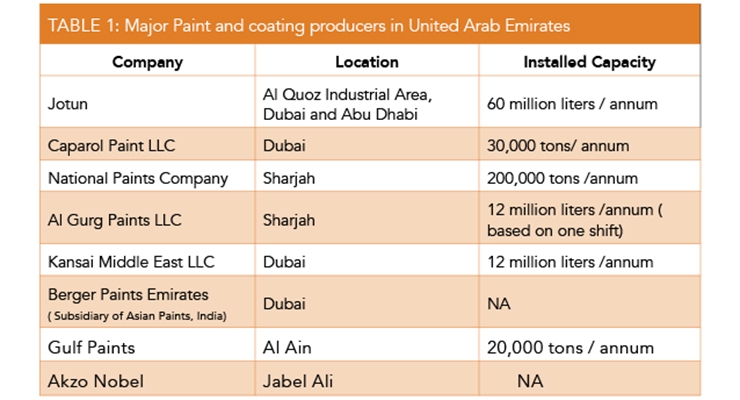Discover How Seasonal Factors Affect Business External Painting Success And Find The Very Best Times To Make Certain Long Lasting Outcomes For Your Project
Discover How Seasonal Factors Affect Business External Painting Success And Find The Very Best Times To Make Certain Long Lasting Outcomes For Your Project
Blog Article
Web Content Written By-Ford Whalen
When you're planning a business external paint job, seasonal variables can make or damage your outcomes. You'll wish to consider just how temperature and moisture impact paint application and drying times. Selecting the right season can ensure your paint sticks appropriately and lasts longer. But which seasons are really the most effective for this sort of job? Let's explore the key elements that can affect your task's success.
The Influence of Temperature on Paint Application
When you're intending a business outside paint project, the temperature level can significantly affect just how well the paint adheres and dries out.
Preferably, you want to paint when temperatures vary between 50 ° F and 85 ° F. If it's too cold, the paint might not heal properly, leading to problems like peeling or splitting.
On the flip side, if it's as well hot, the paint can dry too swiftly, protecting against appropriate adhesion and leading to an unequal surface.
You should also think about the moment of day; early morning or late afternoon offers cooler temperature levels, which can be more desirable.
Always inspect the maker's referrals for the specific paint you're utilizing, as they typically offer advice on the excellent temperature level range for optimal outcomes.
Humidity and Its Result on Drying Times
Temperature level isn't the only environmental aspect that affects your industrial outside paint project; moisture plays a considerable function as well. https://housepaintersnearme77655.blogsmine.com/34785273/from-dull-to-dazzling-explore-the-benefits-of-hiring-home-painters-for-your-residence can decrease drying out times substantially, impacting the general quality of your paint work.
When the air is filled with dampness, the paint takes longer to heal, which can bring about problems like inadequate adhesion and a higher risk of mold growth. If you're repainting on a specifically damp day, be gotten ready for extensive wait times between coats.
It's critical to monitor regional climate condition and plan as necessary. Preferably, aim for humidity degrees in between 40% and 70% for optimal drying.
Keeping these consider mind guarantees your task remains on track and provides an enduring finish.
Best Seasons for Commercial Exterior Painting Projects
What's the most effective season for your business outside painting tasks?
Spring and early autumn are typically your best choices. During these periods, temperatures are mild, and moisture levels are typically reduced, producing perfect conditions for paint application and drying.
Prevent summer's intense heat, which can cause paint to dry also quickly, bring about inadequate bond and finish. Likewise, winter months's cold temperatures can impede correct drying out and healing, taking the chance of the longevity of your paint job.
Aim for days with temperature levels between 50 ° F and 85 ° F for ideal results. Keep in mind to check the neighborhood weather report for rain, as damp problems can ruin your project.
Preparation around these factors guarantees your painting job runs efficiently and lasts longer.
Verdict
To conclude, planning your commercial external paint jobs around seasonal factors to consider can make a substantial difference in the outcome. By scheduling work during the ideal temperatures and humidity degrees, you'll ensure better bond and drying times. Remember to keep visit the next website on regional weather forecasts and select the correct time of year-- springtime and very early fall are your best choices. Taking these steps will aid you attain a durable and professional surface that lasts.
